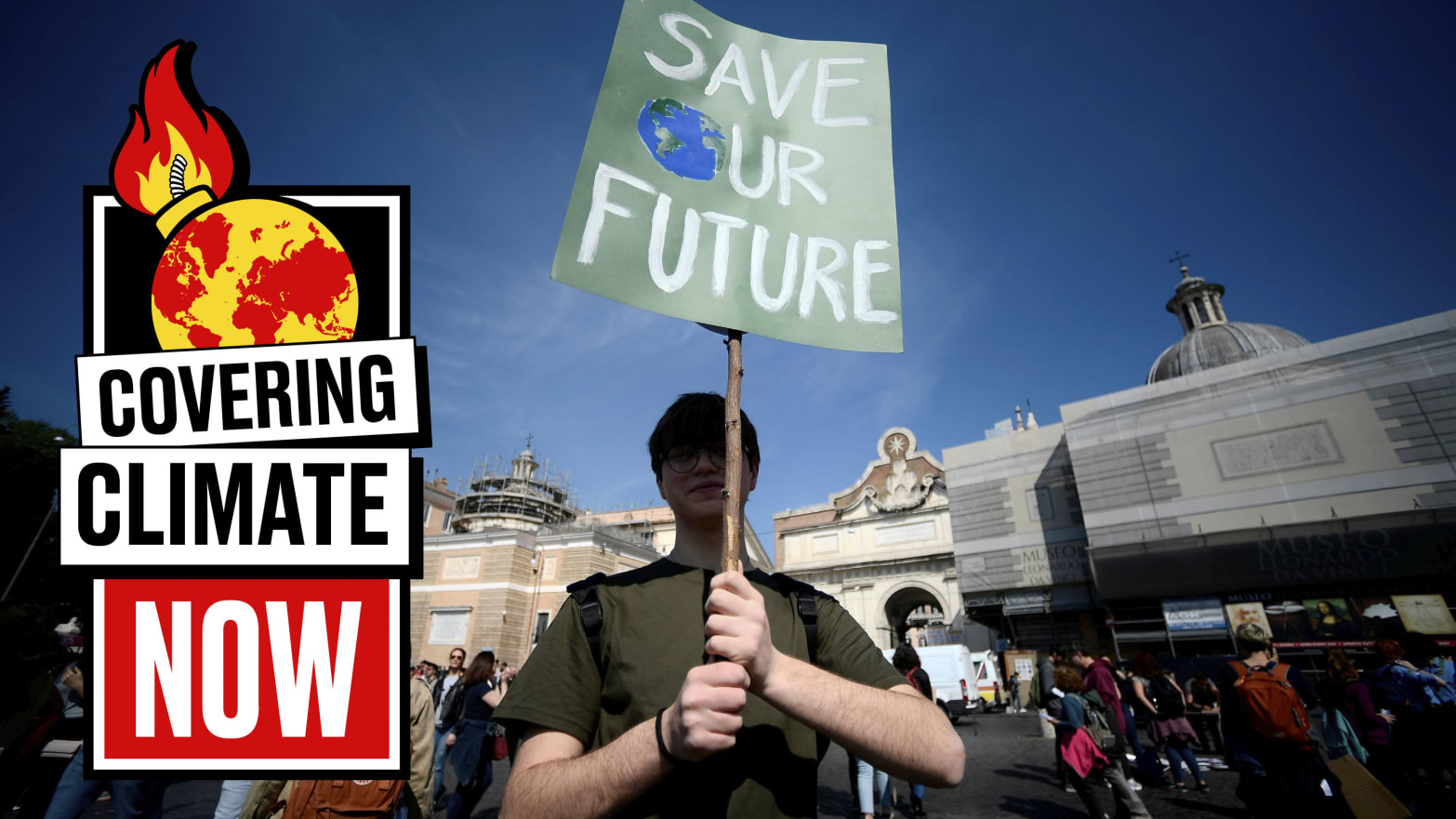This story is part of Covering Climate Now, a global collaboration of more than 220 news outlets to strengthen coverage of the climate story.
As climate change spurs increasingly destructive wildfires in California, insurance companies have begun to deem certain parts of the state too risky to cover. But this particular offshoot of the climate crisis isn’t just a problem for residents of the Golden State.
Climate experts warn that areas across the country are becoming more prone to natural disasters, putting homes at risk in more ways than one.
According to new data, over 340,000 California homeowners lost property insurance coverage between 2015 and 2018 due to wildfires that are increasing in frequency and intensity. But that’s just a sample of what’s to come.
“We’re looking at entire zones now that are just totally uninsurable,” Jesse Keenan, a Harvard lecturer who focuses on urban development and climate adaptation, told The Daily Beast.
“I see no end to the challenges for insurance when it comes to climate change,” Jason Thistlethwaite, a professor of environment and economics at the University of Waterloo, added. “Flooding is another area where you’re going to see a lack of availability and affordability.”
Thistlethwaite said we’ll soon be seeing what he calls “climate redlining.” Redlining was a practice insurance companies engaged in for decades, starting in the 1930s, when companies would outline black neighborhoods on a city map and declare them uninsurable. He believes climate change will cause many neighborhoods to be excluded from insurance policies.
Dr. Carolyn Kousky, executive director at the Wharton Risk Management and Decision Processes Center at the University of Pennsylvania, told The Daily Beast that federal disaster aid can often be “limited or delayed,” which is one reason having home insurance is so crucial.
“Many families do not have savings to repair a severely damaged home and for some, taking on debt can be burdensome or not feasible,” Kousky said. “There is really no substitute for insurance for having the needed funds quickly post-disaster to begin recovery. Unfortunately, often those who need the coverage the most are the least likely to be able to afford it.”
Fires on the West Coast, record flooding in the Midwest and the ferocious hurricanes battering the Southeast will all contribute to a significant decrease in home insurance availability. Not only is that bad news for people who are worried about being able to rebuild after a disaster—for many, it’s a threat to their ability to remain homeowners at all.
“If you’re super wealthy, you can self-insure,” Keenan said. “For others, they will no doubt be forced into an eventual foreclosure because they’re defaulting on their mortgages.”
Most lenders require a mortgage holder to insure their home in order to maintain the mortgage. If the insurance company in their area decides their neighborhood is too risky to insure, then they will lose coverage and likely default on their mortgage. If the mortgage is already paid, it may be extremely difficult to sell a house that can’t be insured.
“There are going to be, sooner than later, entire neighborhoods that are going to be uninsurable, and people are going to be trapped because once it’s uninsurable, good luck selling the house,” Keenan said.
With people across the country finding themselves defaulting on their mortgages simply because their neighborhood is no longer affordable, Keenan said there will “no doubt” be a lot of displacement. What makes this already difficult situation even worse is that the people who are least capable of bearing this kind of financial burden will likely be the first ones who have to face this reality, as many of the threatened areas are inhabited by socioeconomically vulnerable people.
Insurance is largely regulated state-by-state, and states have taken different approaches when it comes to making sure homeowners have access to affordable property insurance. California and Florida both have state-run insurance programs to help maintain sufficient coverage, and Florida has in the past pressured insurance companies to maintain home insurance coverage by threatening to not allow those companies to offer things like car insurance in the state if they pull out. Thistlethwaite called this an “ill-conceived” approach since insurance companies will likely just offer worse insurance plans or pull out of the state completely.
“You can only poke and prod and push around an insurance company for so long,” Thistlethwaite said. “The only way you’re actually going to keep insurance availability and affordability sustainable is by investing in climate change adaptation.”
Thistlethwaite said states can buy out homeowners in risky areas, set up the infrastructure to help mitigate flood and fire damage, and inform prospective homeowners of what areas they should avoid if they want to be able to secure property insurance in the future. Researchers have found that every dollar we spend preparing for a possible natural disaster will save us six to ten dollars we might have spent on recovery.
It’s likely more and more states will have to start offering state-run insurance programs, Thistlethwaite said, and there may be many political battles over how those programs are run and who they’re protecting in the not-too-distant future. He stressed that states need to start preparing for the effects of climate change now to avoid a potential home insurance crisis down the road.
“They used to ask if you’re in a good school zone,” Keenan said. “Now they want to know if you’re in an insurable zone.”

